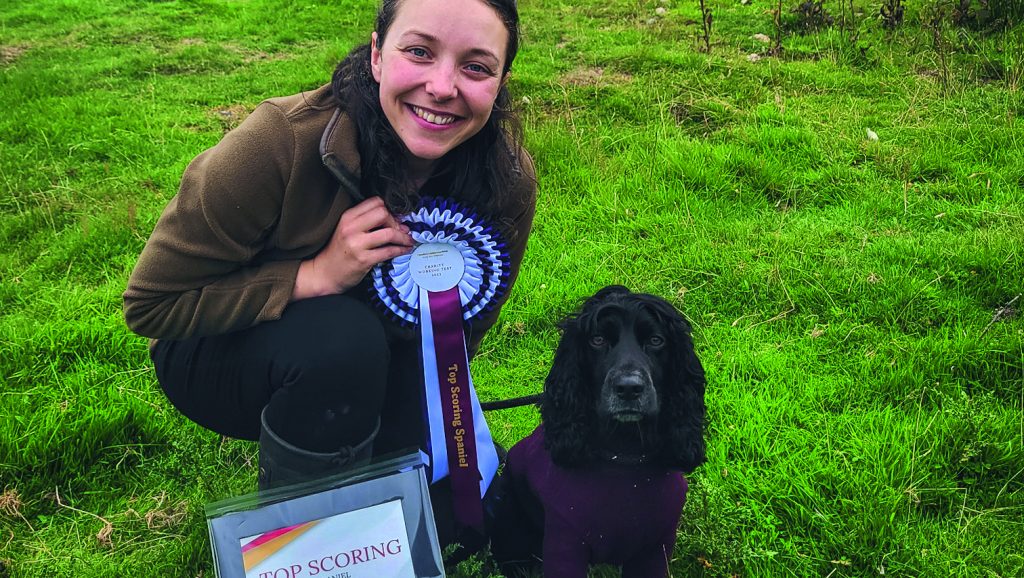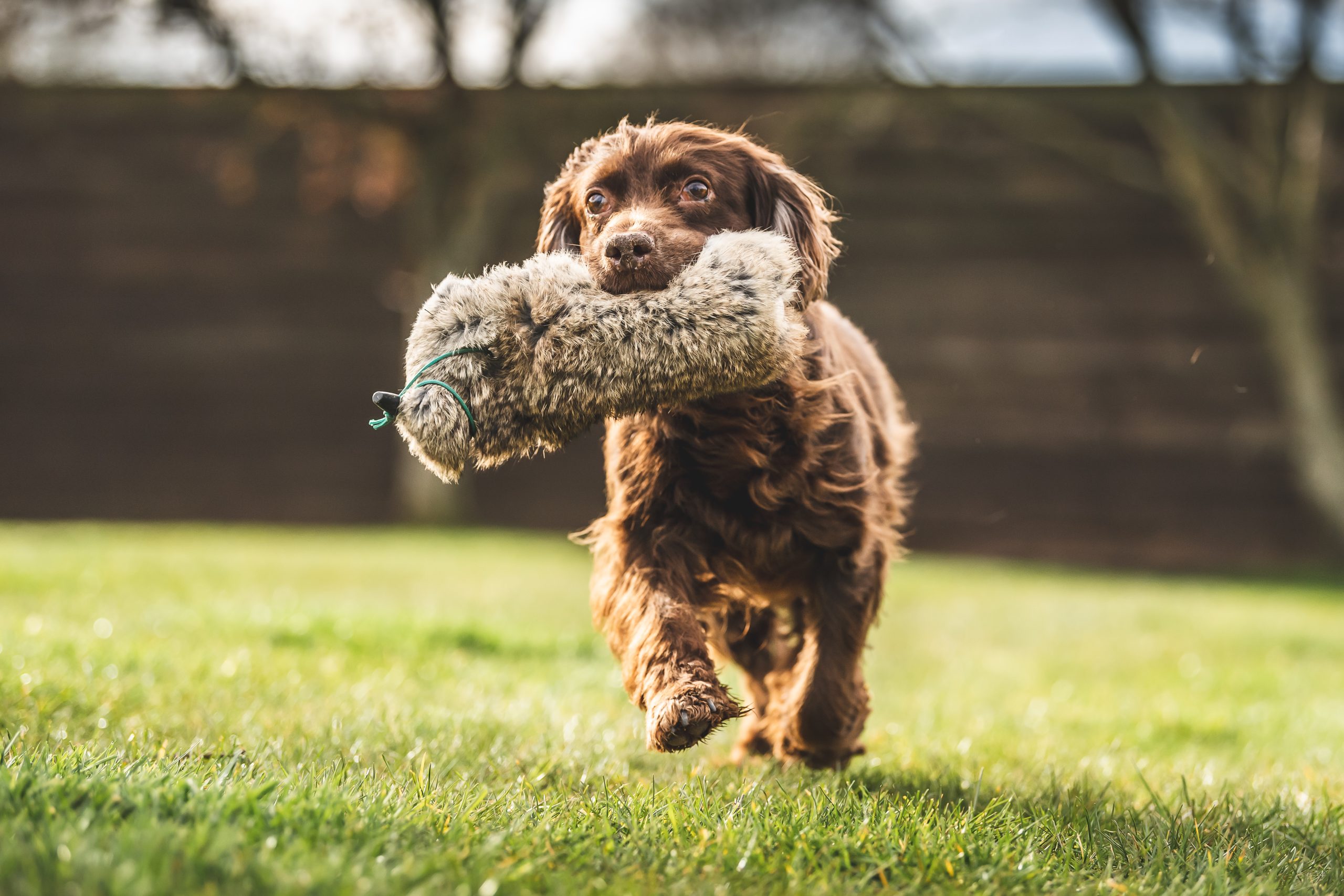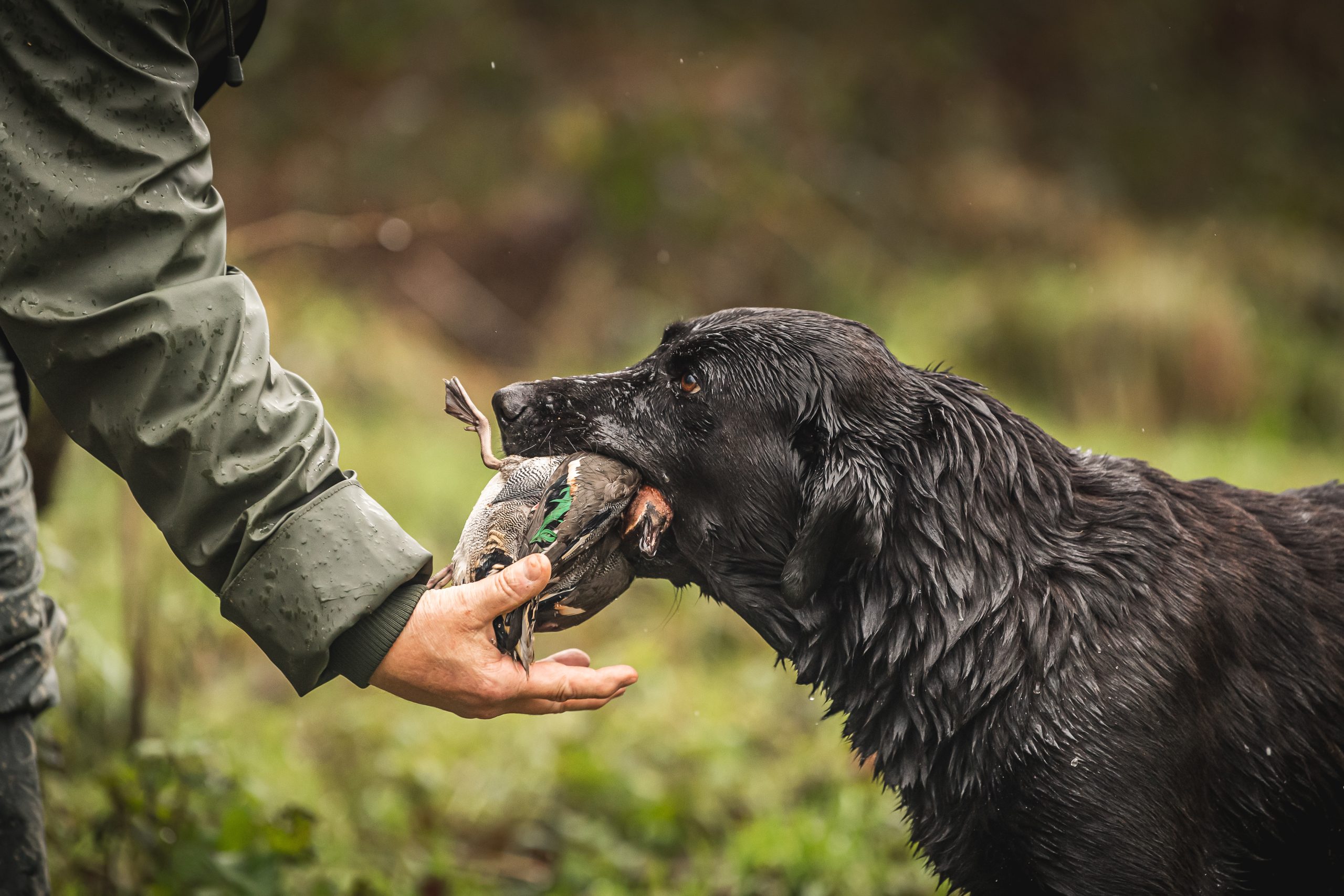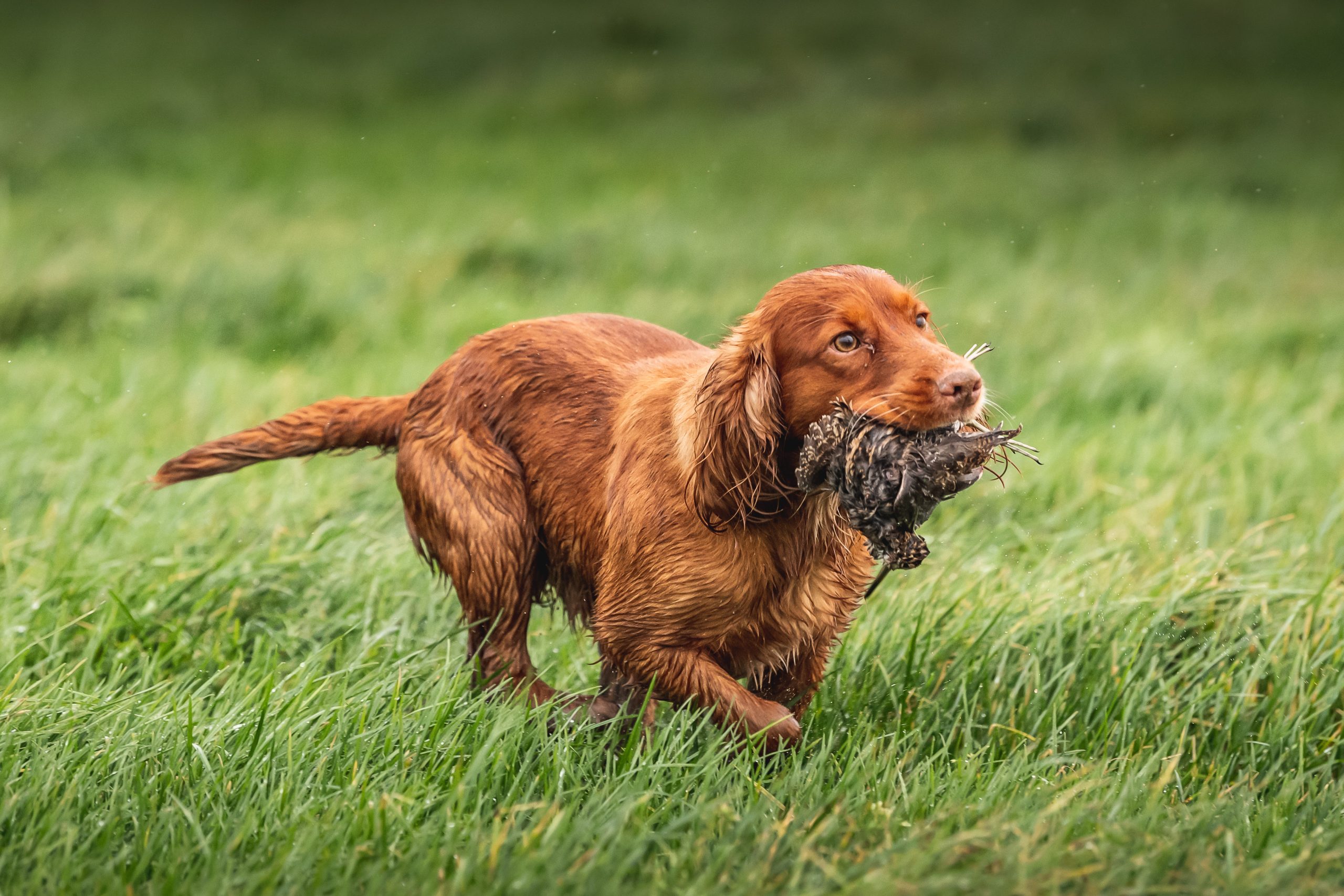Gundog news
Gundogs
What should you do about lameness in a dog and what causes it?
Would you like to speak to our readers? We offer sponsored articles and advertising to put you in front of our audience. Find out more.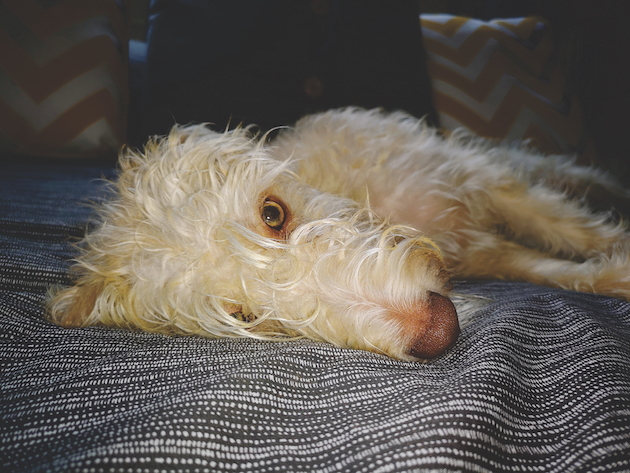 Photo taken in Helston, United Kingdom
Photo taken in Helston, United Kingdom
Lame dog
Q: My working lurcher is on/off lame on her right foreleg and there appears to be swelling around the wrist. Any suggestions?
A: Lots. Most importantly, I would immediately confine her to barracks until the problem has been diagnosed. Continuing to exercise your lame dog now may jeopardise her future considerably and is just not worth the risk. The wrist or carpus joint in dogs is every bit as complicated as the wrist in humans and many things can go wrong with it, some of which can be disastrous. Any lameness associated with the carpus should therefore be taken seriously.
Carpal strains
These are common in working dogs (and the left carpus in racing greyhounds who put pressure on this joint as they run anti-clockwise around a track). As a result of trauma, such as falling or jumping from a height, mild hyperextension of the carpus occurs, which damages the ligaments at the back of the joint. Affected dogs are acutely lame, usually have soft swelling around the carpus and exhibit pain on careful flexion of the joint. X-rays are useful to rule out bony damage, and cage rest for around eight weeks, with a slow return to normal exercise over another two months, is generally successful. Recurrence, however, is common especially in dogs that are overweight or lack a degree of self-protection.
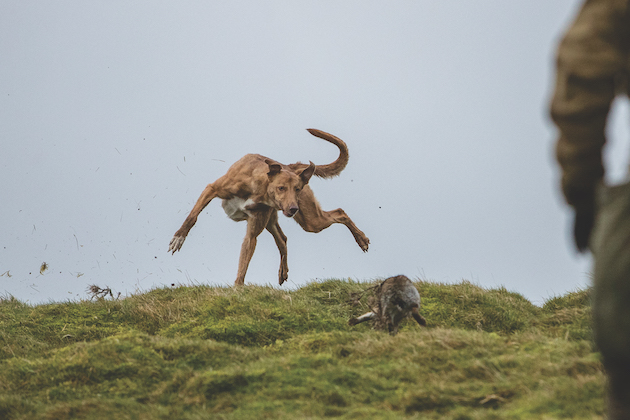
Carpal strains are common in working dogs and can be caused by jumping or falling from a height
Carpal hyperextension
Again as a result of trauma that puts undue downward pressure on the carpus, significant hyperextension occurs and permanent damage is done to the ligaments and tendons that run down the back of the joint. Lameness, as you might expect, is immediate and there is considerable swelling around the joint, which is obviously hyperextended. The affected joint looks to be almost at right angles compared with the other (though it can be bilateral). Joint laxity differentiates this condition from a simple sprain. It is interesting that it can occur as a chronic degenerative condition in (overweight) collies, when it is surprisingly non-painful. Treatment involves surgical fusing of the joint (arthrodesis) and, regrettably, working days are effectively over. Certainly cost and aftercare are important considerations.
Carpal dislocation
Dislocation (also called luxation) involves disruption of multiple ligaments and the joint capsule and can affect any of the small bones that make up the joint, though the radial carpal bone is commonly affected. Again, X-rays (which can be difficult to interpret) should be diagnostic. Treatment varies but partial arthrodesis is often required, with all the bad news that this procedure entails.
Collateral ligament damage
Yes, it’s as sore as it sounds. Extreme pressure on the outside or inside of the joint causes rupture of the tight ligaments that normally prevent side-to-side movement. Remember that in dogs, unlike in humans where there is some rotational movement, the carpus is a ‘hinge joint’ so that only flexion and extension occur. Where there is damage to the collaterals, the foot is unstable relative to the carpus and can be ‘waggled’ in a most alarming way. Surgical intervention is usually required and the outcome variable.

Carpal injuries can stop dogs working
Carpal arthritis
As with virtually all joints, chronic wear and tear can cause successive minor injuries that contribute to degeneration of the joint surfaces, thickening of the joint capsule and inelasticity of ligaments and tendons. The carpus becomes swollen, feels hard to the touch and intermittent lameness is commonly seen. Spontaneous infections in affected joints must be treated swiftly and seriously to avoid irreparable damage. Anti-inflammatories can be very useful and will extend the working life and reduce pain.
Carpal bone fractures
These are common in performance dogs as a result of compression or shearing injuries. Avulsion fractures, which involve the tearing off of the area of bone where soft tissue attaches, are often associated with the collateral ligaments or the large accessory carpal bone at the posterior aspect of the joint where the flexor carpi muscle attaches. X-rays are indicated and full recovery uncertain.
The moral of the story
Excluding road traffic accidents, almost all carpal injuries involve jumping or falling from a height. I believe that there is no need for the macho ‘my dog can jump anything’ attitude and I really can’t see the point in ‘dropping’ dogs over fences when they can readily be placed on the ground. Similarly, surely there is no harm in taking a bit of the weight when big dogs leap from high tailgates on to hard ground. You may avoid having a lame dog.
Related articles
Gundogs
Saying goodbye to a gundog
It’s the most difficult of subjects but here Tom Jones faces up to the sad reality of losing a beloved gundog and realises just how much they give us.
By Time Well Spent
Gundogs
How to curb nerves on your first working test
What can gundog handlers learn from sport psychology? Novice handler Emily Cartigny tries to curb the nerves in her first working test.
By Time Well Spent
Manage Consent
To provide the best experiences, we use technologies like cookies to store and/or access device information. Consenting to these technologies will allow us to process data such as browsing behavior or unique IDs on this site. Not consenting or withdrawing consent, may adversely affect certain features and functions.
Functional Always active
The technical storage or access is strictly necessary for the legitimate purpose of enabling the use of a specific service explicitly requested by the subscriber or user, or for the sole purpose of carrying out the transmission of a communication over an electronic communications network.
Preferences
The technical storage or access is necessary for the legitimate purpose of storing preferences that are not requested by the subscriber or user.
Statistics
The technical storage or access that is used exclusively for statistical purposes.
The technical storage or access that is used exclusively for anonymous statistical purposes. Without a subpoena, voluntary compliance on the part of your Internet Service Provider, or additional records from a third party, information stored or retrieved for this purpose alone cannot usually be used to identify you.
Marketing
The technical storage or access is required to create user profiles to send advertising, or to track the user on a website or across several websites for similar marketing purposes.





